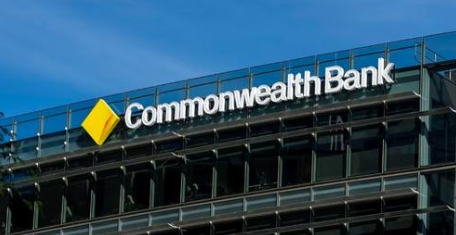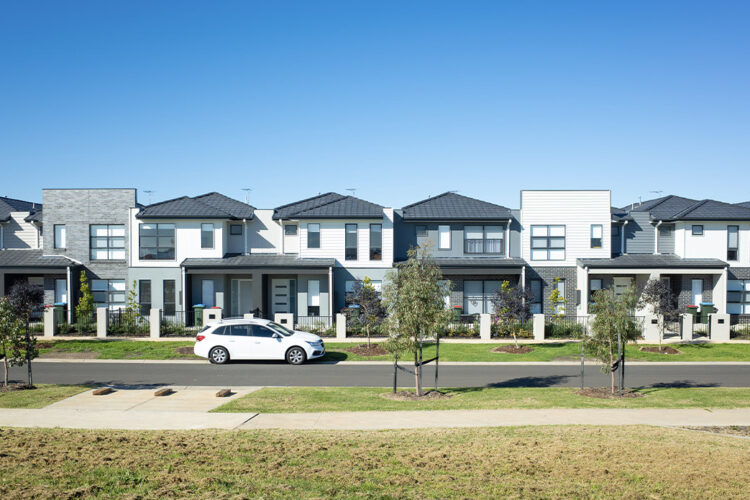An undersupply of rental accommodation and an increase in renters is deteriorating affordability, a new report from ANZ and CoreLogic has found.
Rental affordability is at the highest level since June 2014, with 30.8 per cent of income required to service a new lease nationally, for a median-income household, a new report from ANZ and CoreLogic has found.
The ANZ CoreLogic Housing Affordability Report: Reflections on the Pandemic and the Rental Market highlighted the impact of increased renters and regional migration during the pandemic on rental values and vacancy rates, revealing rental affordability has reached its highest level since June 2014.
A median-income household now requires 30.8 per cent of their income to service a new lease nationally. At the lower household income level, the percentage rises to 51.6 per cent, indicating significant pressure on households with lower incomes.
The regional markets experienced a more substantial increase in rent values compared to capital cities since March 2020, with a growth rate of 28.8 per cent and 24.4 per cent, respectively.
Hobart, regional Queensland, and regional NSW are particularly strained in terms of rental affordability.
Despite rising rents, the report said conditions have not been ideal for investments either, due to falling housing finance for investors and increased mortgage repayments, with mortgages increasing “far more than rents”.
Weekly rents have risen an estimated $115 per week through to April, while mortgage payments are estimated to have increased by $318.
Rental vacancy 1.1%
The rental vacancy rates across Australia were 1.1 per cent, well below the decade average of 3.0 per cent.
The number of rental listings has also decreased significantly, with a drop of 38.1 per cent from the previous decade’s average.
CoreLogic observed 91,869 rental listings on the market, from a recent high of 181,493 in May 2020.
The reduced rental supply is attributed to a higher inflation and interest rate environment, causing bottlenecks in the construction sector and a decrease in demand for new investment properties.
The report indicated that a supply response to ease rental market pressures may take some time.
CoreLogic Australia head of research Eliza Owen highlighted the extraordinary shifts in rental demand over the past three years, with fewer people per household requiring more dwellings.
She also noted the impact of strong overseas migration on rental growth patterns, which have eased in regional areas while intensifying in capital cities.
“As rents have risen sharply, the increase in the cash rate, and pressures in the construction sector have slowed the rate of dwelling completions. This has meant investor conditions are not ideal, and has stemmed the flow of new rental properties to the market,” she said.
“Through February and March ABS lending data has shown signs of an increase in investment borrowing, but it will take some time for a supply response to ease pressures in the rental market.”
In addition, construction of new homes has been delayed, further exacerbating the housing supply shortage.
The CoreLogic Construction Cost Index indicated a 24 per cent increase in residential building costs since the onset of the pandemic.
Thus, limited housing supply against rising demand is likely to push property prices higher, compress rent yields, and keep renters from buying.
Looking ahead, the report predicts that rents will continue to rise due to low vacancy rates and high immigration.
Overseas migration patterns indicated ongoing demand in Melbourne and Sydney, while expensive regional markets are expected to plateau due to affordability constraints.
With limited new housing supply and subdued investor interest, renters are unlikely to find short-term relief, potentially leading to a growing number of Australians facing precarious housing situations, the report warned.


